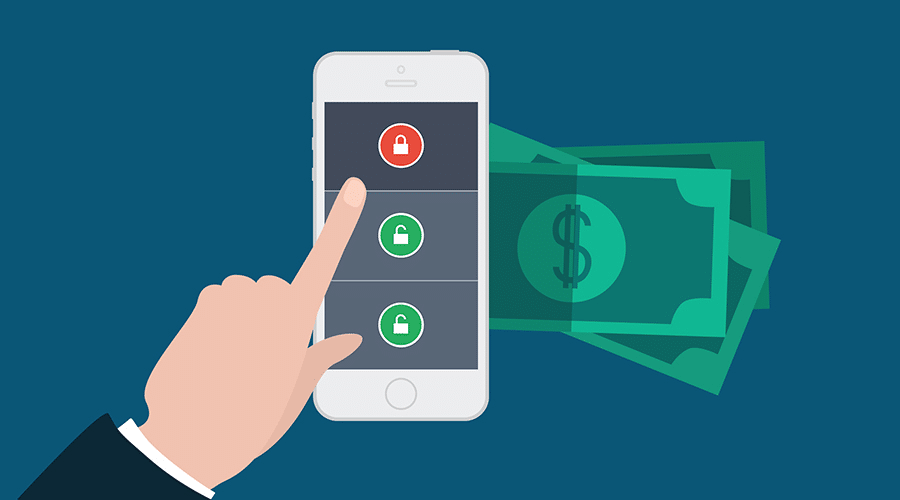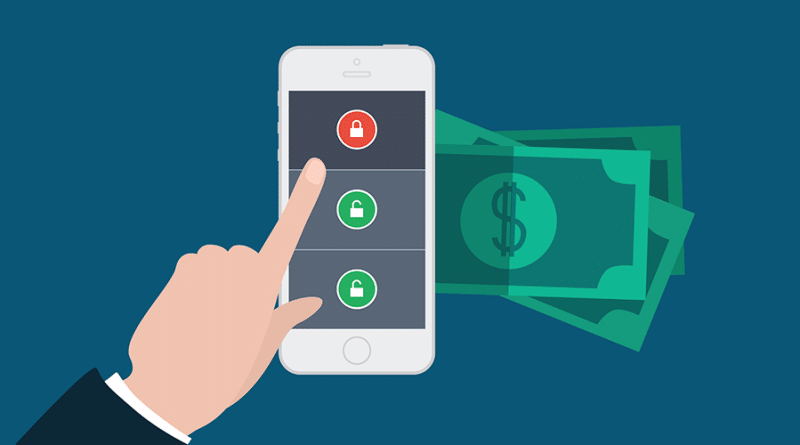Monetization Strategies for App Developers
In the fast-paced and ever-evolving world of mobile applications, app developers are not only tasked with creating innovative and engaging solutions but also with finding effective ways to monetize their creations. With millions of apps available across various platforms, standing out and generating consistent revenue can be challenging. This article delves into a range of proven monetization strategies that app developers can use to thrive in today’s competitive app market. By exploring these methods, developers can find the right approach to maximize profitability while maintaining user satisfaction.
Freemium Model: Balancing Free and Premium
One of the most popular monetization strategies in the app development world is the freemium model. This approach involves offering the core functionality of the app for free while providing additional features, content, or services as premium, paid upgrades. The freemium model attracts a broad user base by eliminating the initial barrier to entry, making it easier for potential users to download and try the app without any upfront cost.
However, the real success of the freemium model lies in its ability to convert free users into paying customers. Developers need to strategically design their apps to offer enough free value to entice users while providing compelling reasons for them to upgrade to premium versions. Examples of successful apps using this model include Spotify, which offers ad-free listening and offline playback for premium subscribers, and popular mobile games that sell in-app purchases like extra lives, exclusive content, or faster progression.
The key to thriving with a freemium model is balancing the value offered for free with the premium features, ensuring that free users remain satisfied while enticing enough of them to convert into paying customers. Developers should also focus on transparency when offering premium features, so users feel that the value they’re getting is worth the price.
In-App Advertising: Maximizing Ad Revenue
In-app advertising is another widely used monetization strategy, particularly for free apps. This model allows developers to generate revenue by displaying ads to users within the app. These ads can take various forms, such as display banners, native ads that blend seamlessly with the app’s content, or video ads that users watch in exchange for rewards or access to premium content.
To maximize revenue without negatively impacting the user experience, it’s crucial to implement ads strategically. Developers should consider the timing, placement, and relevance of ads, ensuring that they are not overly intrusive or disruptive. Partnering with advertising networks that offer targeted ads can also improve the effectiveness of this approach, as users are more likely to engage with ads that are relevant to their interests.
Additionally, integrating rewarded video ads, where users voluntarily watch an ad in exchange for in-app rewards, can be a win-win solution. This ad format tends to generate higher engagement rates because it allows users to choose when to interact with the ad content while simultaneously increasing developers’ ad revenue.
Subscription-Based Models: Recurring Revenue Streams
Subscription-based monetization models have gained traction as a way to create recurring revenue streams for app developers. Unlike one-time purchases, subscriptions allow developers to generate consistent income over time by offering access to premium content, features, or services for a regular fee. This model is particularly effective for apps that provide ongoing value, such as productivity tools, content streaming platforms, and fitness or wellness apps.
For developers, the subscription model offers the advantage of predictability in terms of revenue. It also helps build customer loyalty, as users who are committed to paying a monthly or yearly fee are more likely to remain engaged with the app over time. Successful examples of subscription-based apps include Netflix, which offers access to a vast library of movies and TV shows, and fitness apps like Strava, which provides premium tracking and performance analysis features for a subscription fee.
To maximize the effectiveness of this model, developers should focus on creating a seamless onboarding process that encourages users to subscribe, as well as providing continuous value that justifies the ongoing cost. Offering a free trial period can also help convert hesitant users into subscribers by giving them a taste of the premium experience before committing.
Affiliate Marketing: Collaborative Revenue Generation
Affiliate marketing offers another avenue for app developers to generate revenue by partnering with other businesses or services. In this model, developers earn a commission for driving traffic or sales to a partner’s products or services through their app. Affiliate marketing can be integrated into various types of apps, including content-focused apps, e-commerce platforms, or even utility apps.
For example, an app that provides product reviews or recommendations can include affiliate links that direct users to online retailers where they can purchase the products. In return, the app developer earns a commission on any sales generated through those links. Similarly, travel apps might partner with booking platforms to offer users exclusive deals, earning a percentage of the booking fee for each referral.
The success of affiliate marketing depends on the developer’s ability to choose relevant and trustworthy partners, ensuring that the affiliate offers align with the app’s target audience and enhance the overall user experience rather than detract from it.
E-Commerce Integration: Direct Sales within Apps
For apps operating in the retail, fashion, or service-oriented sectors, integrating e-commerce functionality can be an effective way to generate revenue. By enabling users to make purchases directly within the app, developers can create a seamless shopping experience that encourages transactions and boosts revenue.
In-app e-commerce can take various forms, from selling physical products to offering digital goods or services. For example, a fashion app might allow users to browse and purchase clothing directly from the app, while a wellness app could offer paid digital content such as workout plans or meditation sessions. The convenience of making purchases within the app can enhance user satisfaction and increase the likelihood of repeat business.
When implementing e-commerce features, developers should prioritize user experience by making the checkout process as smooth and intuitive as possible. Offering personalized recommendations based on user behavior can also drive sales by presenting users with products or services that are relevant to their interests.
Optimizing User Experience for Monetization
Regardless of the monetization strategy employed, optimizing the user experience is essential for long-term success. Users are more likely to engage with and support an app that offers value, intuitive navigation, and a pleasant experience. When implementing monetization features, developers should strive to maintain a balance between generating revenue and preserving the app’s usability.
For instance, ads should be placed strategically to avoid disrupting the user flow, and in-app purchases should be clearly explained so users understand what they are paying for. Regularly gathering user feedback can also help developers identify pain points and make improvements that enhance both the user experience and the app’s revenue potential.
Adapting to Market Trends
The app development landscape is constantly evolving, and staying informed about emerging trends is crucial for developers looking to optimize their monetization strategies. For example, the rise of blockchain technology has introduced new opportunities for app developers, such as blockchain-based rewards and the integration of NFTs (non-fungible tokens) for unique digital assets. Keeping an eye on such trends can help developers stay ahead of the competition and offer innovative solutions that resonate with users.
Additionally, user expectations are continually shifting, with more emphasis being placed on privacy, personalization, and seamless experiences. Developers who can adapt to these trends and incorporate them into their monetization strategies are more likely to succeed in a competitive market.

Conclusion
Monetization is a critical aspect of app development, requiring a thoughtful and strategic approach to achieve success. From freemium models to in-app advertising, subscriptions, affiliate marketing, e-commerce integration, and beyond, developers have a variety of options to choose from. By balancing these strategies with a focus on user experience and staying attuned to market trends, app developers can create sustainable revenue streams while delivering value to their users.

